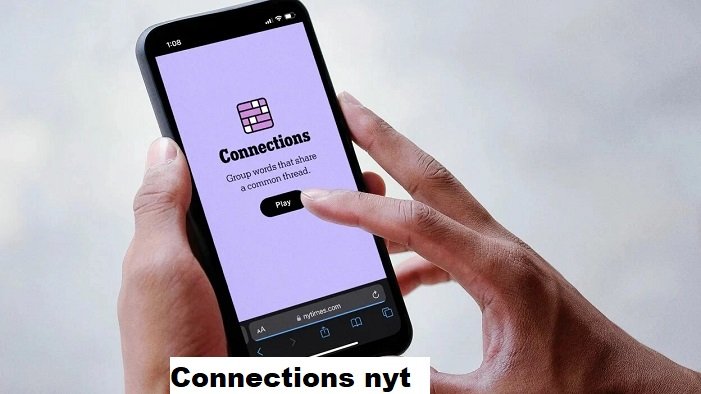Connections NYT – two simple words that hold immense power in today’s fast-paced, interconnected world. But what do they mean, and why are they so significant?
The Significance of Connections
Connections are the lifeblood of human interaction. They weave intricate webs of relationships that shape our personal and professional lives.
In The New York Times (NYT), connections aren’t just about networking; they’re about fostering meaningful relationships that transcend the digital realm.
Navigating the Digital Landscape
In a digital age dominated by social media and virtual interactions, the concept of connections has taken on new meaning.
Platforms like LinkedIn, Twitter, and Facebook have revolutionized the way we connect with others, enabling us to reach across geographical boundaries and cultural barriers with just a few clicks.
Leveraging Connections for Success
For many, The New York Times serves as a beacon of journalistic excellence and a platform for thought-provoking discourse.
But behind the scenes, the success of NYT often hinges on the strength of its connections. From journalists cultivating sources to editors collaborating with contributors, the ability to forge and maintain meaningful connections is crucial.
A Tale of Two Journalists
Consider the story of Sarah and John, two journalists at The New York Times. Sarah, a seasoned reporter, has spent years cultivating relationships with sources in various industries.
Her network of contacts enables her to break stories and uncover exclusive insights that set NYT apart from its competitors.
On the other hand, John, a newcomer to the journalism scene, struggles to establish himself. Despite his talent and dedication, he finds it challenging to build connections within the industry. As a result, his articles lack the depth and breadth that characterize NYT’s renowned journalism.
The Power of Networking
Sarah’s success underscores the importance of networking and connections in the world of journalism. By nurturing relationships with sources, she gains access to insider information and unique perspectives that enrich her reporting.
These connections not only enhance the quality of her work but also bolster NYT’s reputation as a trusted source of news and analysis.
Building Bridges, Breaking Barriers
But connections aren’t just about furthering one’s career; they’re also about building bridges and breaking barriers.
In a polarized world where echo chambers abound, forging connections with individuals from diverse backgrounds is more important than ever.
By engaging with a wide range of voices, journalists at The New York Times can foster understanding, empathy, and dialogue on issues that matter most.
Conclusion
In the digital age, connections are the currency of success. Whether in journalism or any other field, the ability to cultivate and leverage meaningful relationships is essential.
In The New York Times, connections aren’t just a buzzword; they’re a fundamental aspect of the organization’s ethos. By embracing the power of connections, NYT continues to inform, inspire, and shape the world we live in.

